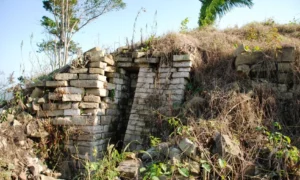Uxbenka, also known as Uxbenká in Spanish orthography, stands as a significant pre-Columbian Mesoamerican archaeological site located in the Toledo district of Belize. This site represents the earliest-known Maya polity in the southern Belizean lowlands, with its origins tracing back to the Early Classic period of Mesoamerican chronology, approximately between 250 and 500 AD. Uxbenka, alongside other major Maya sites such as Nim Li Punit and Lubaantun, forms part of the rich archaeological landscape of southern Belize. The settlement of Uxbenka is believed to have been initiated by peoples from the Peten region, marking a significant phase in the expansion of Maya civilization.
The Ancient Maya
Ancient Maya Historical Sites and Ruins
Maya Mythology
Gods and Goddesses
| Kukulkan |
| Chaac |
| Ix Chel |
| Ah Puch |
| Itzamna |
Ancient Maya Artifacts
| Chac Mool |
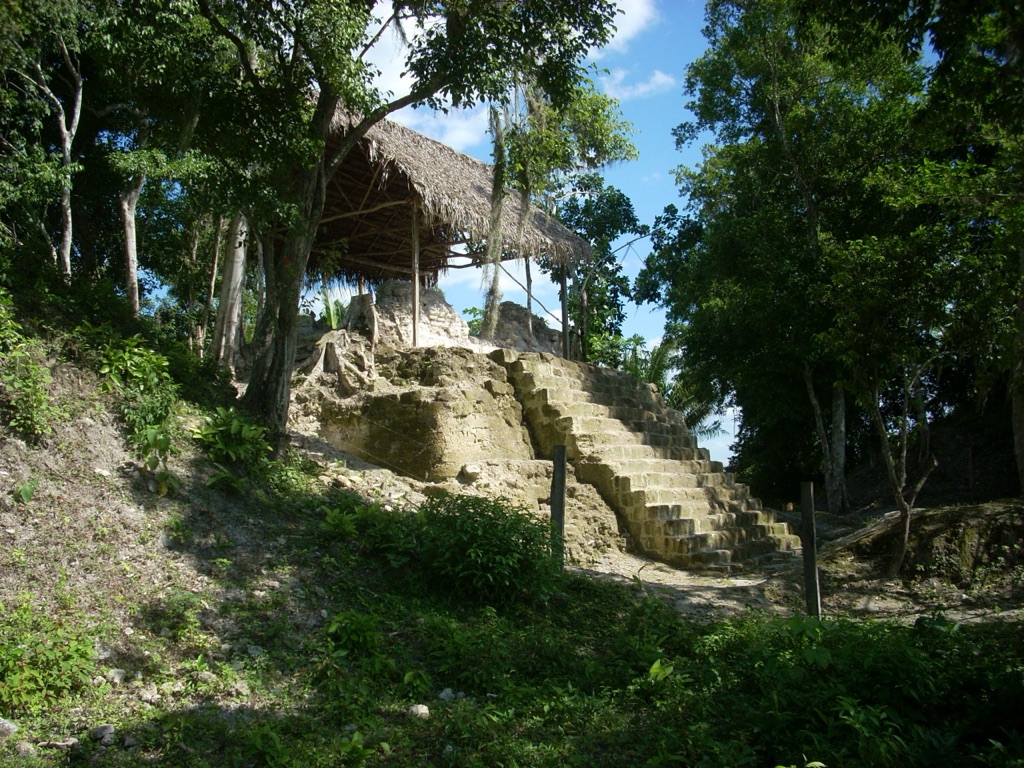
La Blanca
The Archaeological Site of La Blanca: A Pre-Columbian Maya Frontier La Blanca, a significant Maya pre-Columbian archaeological site, is situated in the municipality of Melchor de Mencos, within the northern Petén Department of Guatemala. The site’s occupation spans predominantly from the Middle Preclassic (900–600 BC) period, marking it as a later development within the Mokaya…
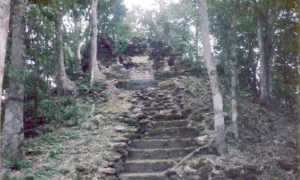
Nakbe
Nakbe stands as one of the paramount early Maya archaeological sites, offering profound insights into the civilization’s formative years. Situated in the Mirador Basin within the Petén region of Guatemala, Nakbe lies approximately 13 kilometers south of El Mirador, the largest known Maya city. The timeline of habitation at Nakbe spans from the Early Formative period (circa 1400 BC) to its decline during the Terminal Formative period (100–200 AD), paralleling the fall of El Mirador.
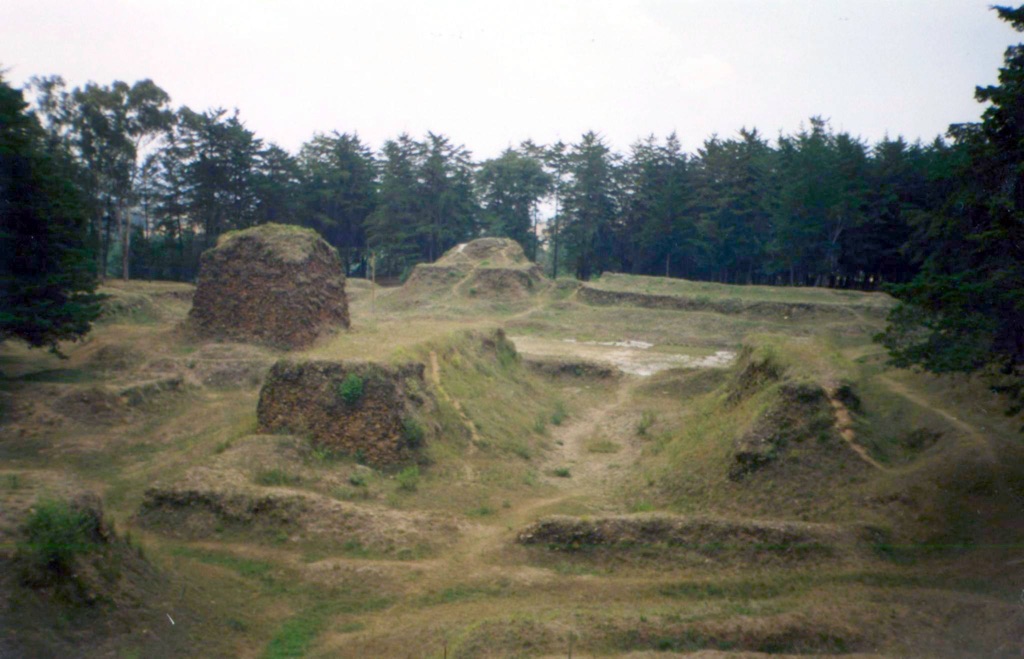
Qʼumarkaj
Qʼumarkaj, known in Nahuatl as Utatlán, translates to “Place of old reeds” from the Kʼicheʼ language. This ancient city, located in the southwest of the El Quiché department of Guatemala, occupies a plateau surrounded by deep ravines, providing a natural defense. Its strategic position and the surrounding landscape contributed to its prominence as a major political and ceremonial center among the Late Postclassic highland Maya capitals.
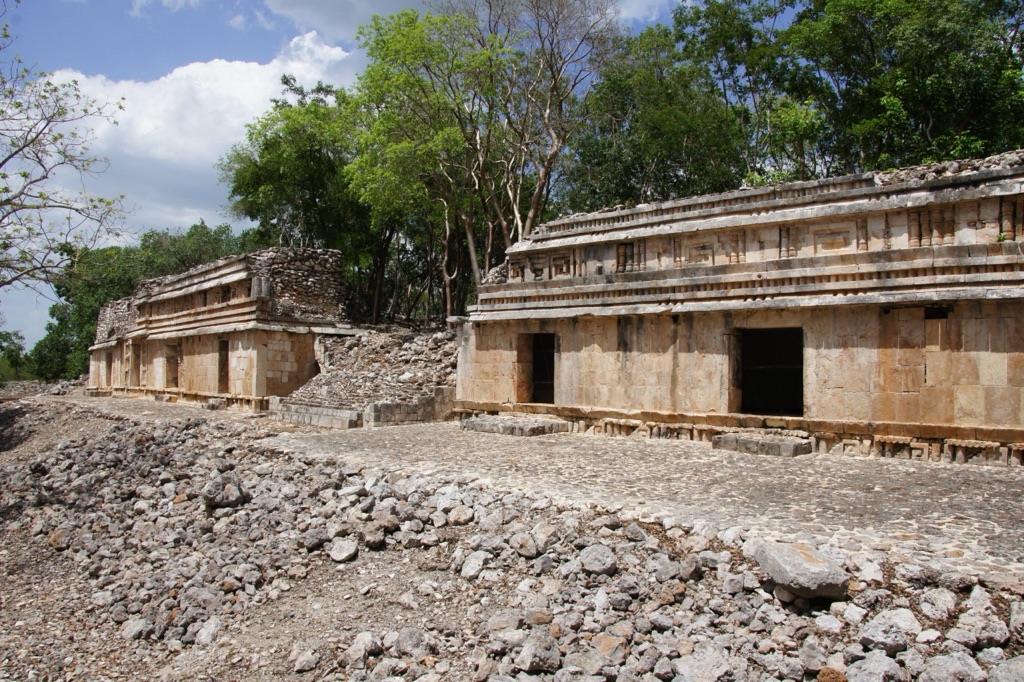
Chunhuhub
Chunhuhub, a pre-Columbian archaeological site, is situated in the state of Campeche, Mexico, near the town of Bolonchén de Rejón. This site, which developed during the Classic Mesoamerican period, is part of the Puuc region, renowned for its unique architectural style. The name Chunhuhub, derived from the Yucatek Maya language, translates to “Next to the Snail,” although some interpretations suggest it means “trunk or place of the Hunhub tree.”

Chunchucmil
Chunchucmil was a significant pre-Columbian Maya city situated in the western part of the contemporary state of Yucatán, Mexico. Despite its proximity to the path of the renowned explorer John Lloyd Stephens, the site remained largely overlooked by scholars for an extended period, primarily due to the absence of monumental sculptures and stelae that are commonly associated with Maya sites. This lack of royal monuments, along with other archaeological evidence, suggests that Chunchucmil might have functioned differently from the typical Maya city-states, possibly serving as a commercial hub rather than being governed by a single divine ruler.

